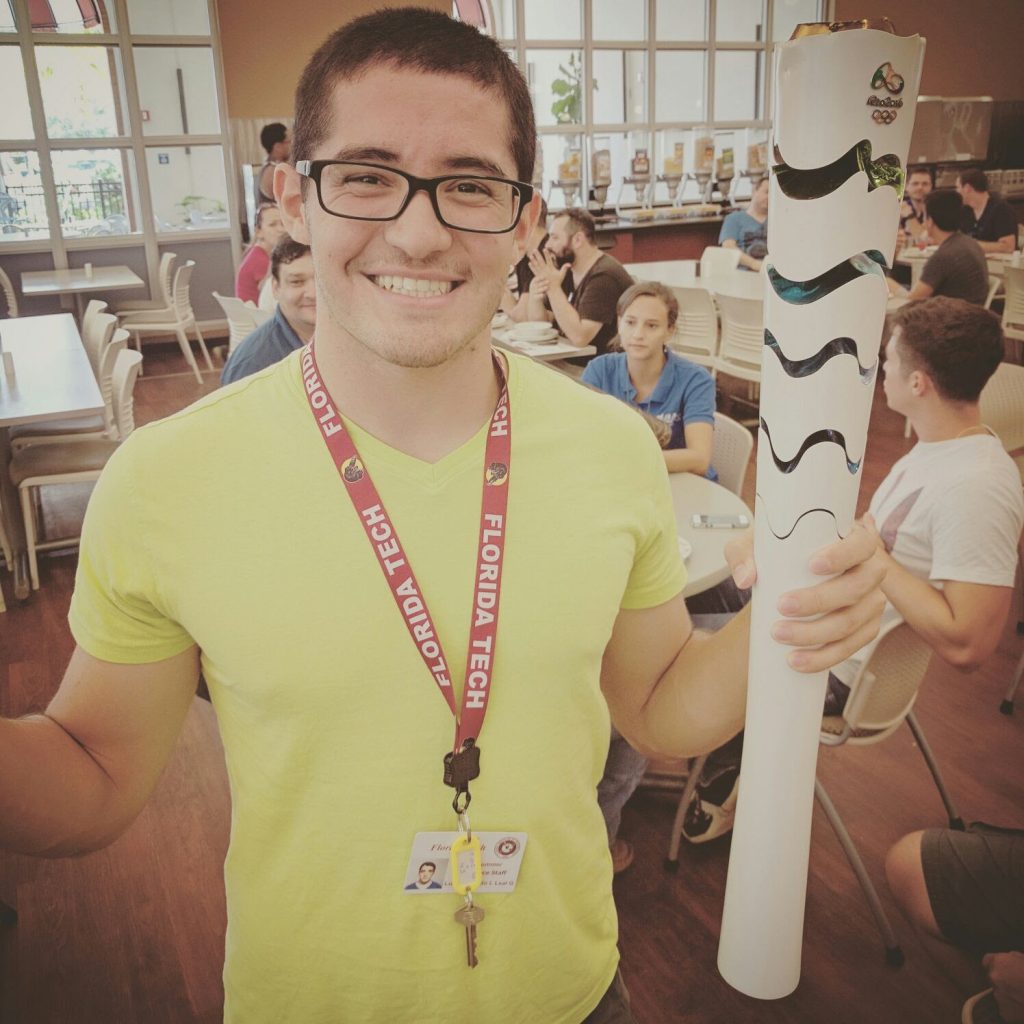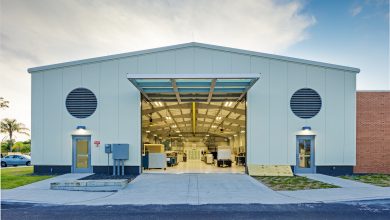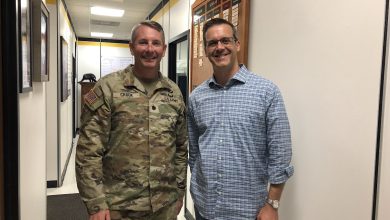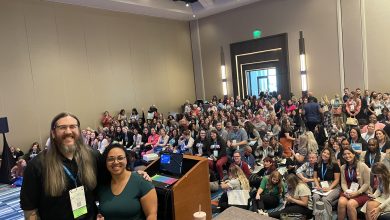Hybrid Rocket Team Blasts the Competition
It’s not rocket science – oh wait, yes it is.
Florida Institute of Technology blasted into the winner’s circle of the 2016-2017 Hybrid Rocket Competition on March 11, as the “FIT Highest Altitude” team took home second place in the Maximum Altitude Category after achieving a launch of 3,993 feet.
Sophomore Luiz Leal, an aerospace engineering major, served as the team leader.
“It was an amazing experience for me. I learned a lot with my team,” Leal said. “I met a lot of folks with a bright future. I’m glad that I know them and hope we can work together on future projects.”
About 200 students from universities across Florida competed this year. And the majority of those students were seniors. Florida Tech’s team consisted of 20 freshman and sophomore participants.

Hybrid Rocket Ready
H. Greg Peebles III, Florida Tech’s Director of Environmental & Regulatory Compliance, and Daniel Kirk, the Associate Dean of the College of Engineering, served as team advisers.
“Dr. Kirk and I have seen this as a challenge to freshmen and sophomores,” Peebles said. “Other schools use this as senior design.”
The event is sponsored by the NASA Florida Space Grant Consortium (FSGC) and the North East Florida Association of Rocketry (NEFAR).
“Participating in this competition helps create an atmosphere of nuts and bolts and project management around what is usually a very theoretical area for most of the student’s academic career,” Peebles said. “Whether or not they stay in rocketry is not the focus. Instead it is about giving them a taste of real aerospace engineering early in their academic career.”
Florida Tech has participated in the hybrid competition since its inception, nine years ago.
This year’s event took place in Cody’s Corner, Florida.
The preparation process is intense.
First of all, the team must to learn to use flight simulation software, build a rocket, hybrid engine, ground support equipment and provide regular engineering reports, as well as a full research notebook to meet the competition goals.
Leal said he spent two semesters working on the project with his team. Furthermore they went through 11 design drafts, prepared nine bi-weekly reports, a safety report and an engineering notebook.
“I’m very grateful for my advisor’s support,” Leal said. “Since the beginning we needed to show that although we were all freshmen and sophomores, we would finish the project having a successful flight – and we did it.”
%CODE1AEROSPACEENGINEERING%





